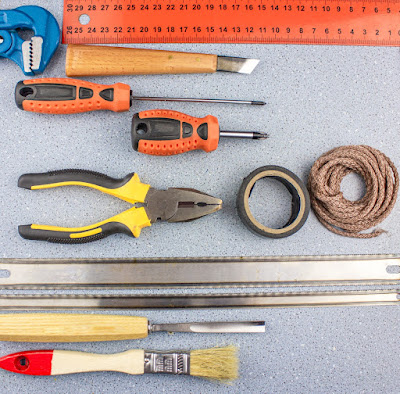TORQUE: The False Indicator of Your Clamp Performance
The output provided by a product in relation to the input invested determines its performance. Many OEMs and end-users of hose clamps believe that the input torque delivered to the clamp is a measure of the clamp's performance, however, this is not the case. Today, through this blog we will debunk some of the fallacies around clamp performance and losses.
1. How a worm drive hose clamp works
When torque is applied to the screw engaged in the strip, the threads pull the strip against the housing, resulting in an effective clamp joint. A multitude of intricate events happens during this action. The imparted torque is first transformed to effective tensile force, which is stored as strain energy, and then to heat energy owing to frictional losses of mating components.
This strain energy is the potential energy stored in the band as a result of its elastic deformation. And it is this strain energy that causes the micro elongation of the band, which can be determined from the area under the curve of the Force Vs Displacement graph.

2. Undesirable Losses
Some of the frictional losses encountered during the process are explained below
- Friction between and inside the clamp strip and object
- Frictional losses caused by a screw collar
- Manufacturing inaccuracies caused losses
- Band and housing inner surface caused friction
Clamping professionals should make every effort to discover probable sources of loss and appropriately limit them in order to optimize the performance of the hose clamp.
3. Band Tension - concept
Band Tension is the amount of tension formed in the band as a result of strain energy following the application of torque. Clamping specialists have expressed band tension in terms of radial load, polar force, and belt tension, among other things.
4. False Indicator - Torque
Torque is an input to the clamp that produces the effective clamping force. Until recently, clamp makers and end users used the maximum torque withstood by the clamp to assess the clamp's performance. Because applied torque is not always properly transferred to effective clamping force, the maximum Torque value does not ensure a leak-proof connection. Numerous losses in the clamp assembly and joint prevent the complete conversion of torque to band tension. When measuring the clamp's ultimate breaking torque, the torque wrench reflects the torque sustained by the clamp rather than the number of losses it has experienced to attain that torque; hence, torque is a deceptive indication for gauging the hose clamp's performance.
Important tip:
Ideally, the best clamp is the one that has the lowest idling torque and the highest breaking torque.


Comments
Post a Comment